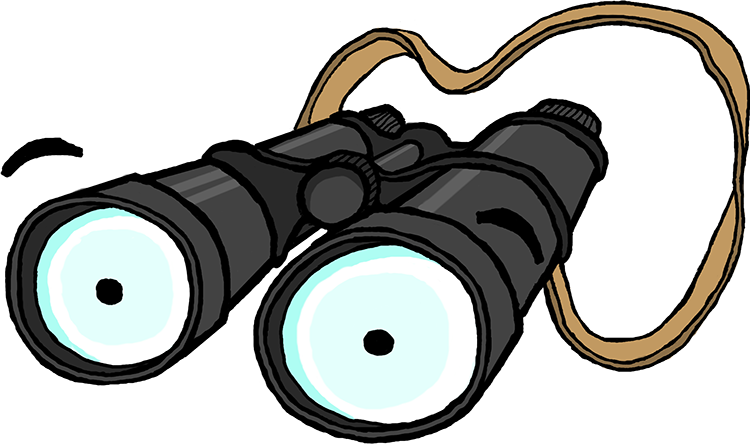IRA Structure
In 1919 the Irish Republican Army (IRA) was created as a successor to the Irish Volunteers. The IRA was a paramilitary organisation who sought the end of British rule in Ireland and fought for the establishment of an independent Irish republic.
In the early stages of the campaign, irregular republican activities such as parades were carried out by local companies that had often formed spontaneously out of Sinn Féin clubs. These companies were grouped into battalions, which were then assembled into brigades.
The main struggle the IRA faced in the early stages was a lack of weapons. There were never nearly enough weapons available as men who were willing to use them. Therefore, each unit was tasked with the responsibility of arming itself before they could think about military action.
In order to attain weapons such as shotguns and revolvers, the IRA frequently raided Royal Irish Constabulary (RIC) barracks and large properties owned by landowners.
A secret munitions factory was also set up in Dublin under the control of the IRA.
As the war grew on, there was an increasing feeling amongst volunteers that the IRA needed a permanent and highly mobile force of full-time soldiers to carry out a sustained series of attacks.
The volunteer’s internal magazine An t’Oglach echoed these views, pressing volunteers to speed up work by calling for an extensive intensification of guerilla warfare.
In early August 1920, Liam Lynch took the first step towards the creation of a flying column by organising a brigade council meeting. During the meeting, staff and officers from each IRA battalion selected men who would be prepared to undertake whole-time active service.
Commander Patrick Clancy was appointed Column Commander and training was due to begin on the 15th August. But because Liam Lynch was arrested and Partick Clancy was killed, the column didn’t gather for training until the 15th September.
DID YOU KNOW...?
The flying columns were a permanent force of highly mobile volunteers that enabled the IRA to carry out ambushes.
Following the success of the first column, the IRA headquarters issued orders for each unit to create its own flying column. By late 1921, most brigades where operating a unit of highly mobile volunteers.
The flying columns proved to be hugely successfully in the IRA’s transition of tactics from stationary attacks on RIC barracks, to a campaign of strengthened guerilla warfare which included ambushes against the highly mobile British paramilitary forces.

